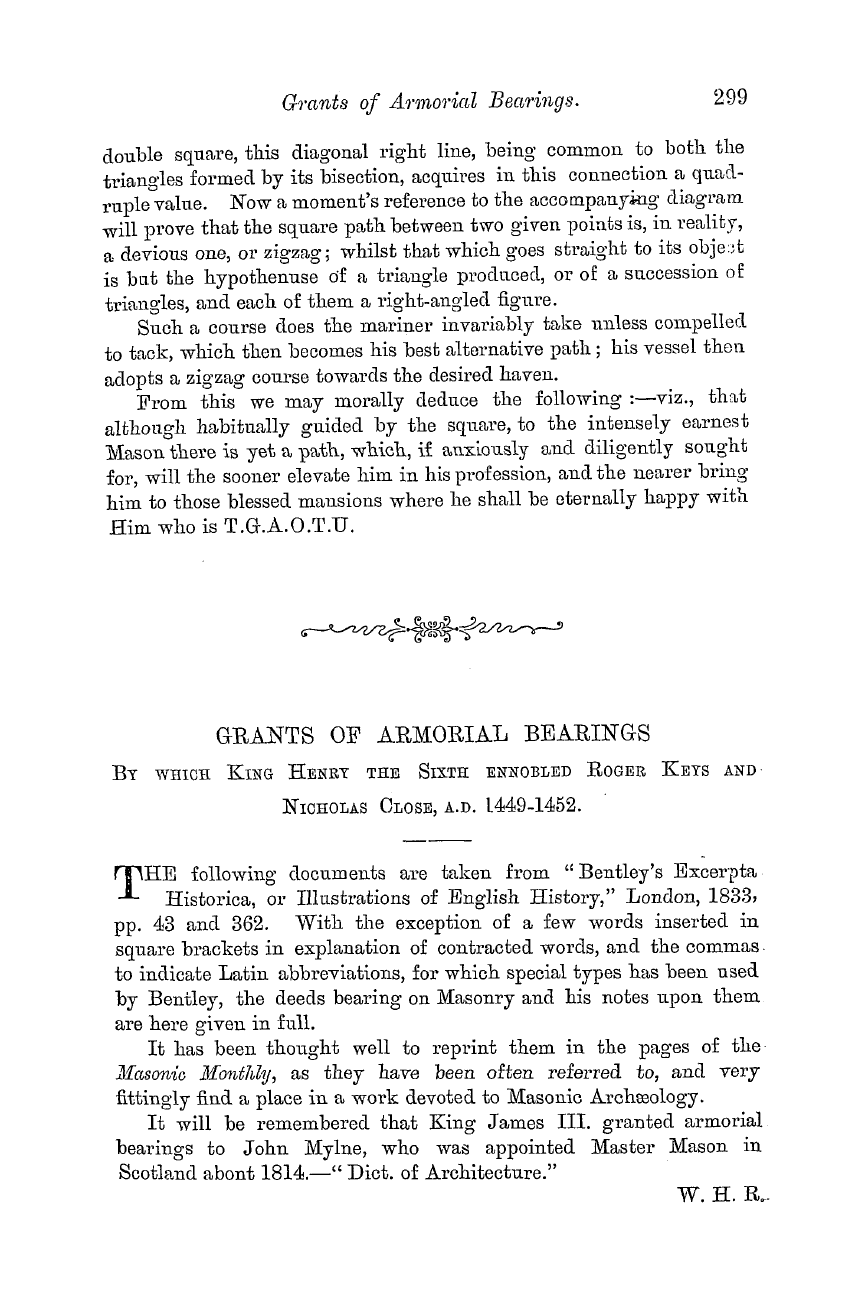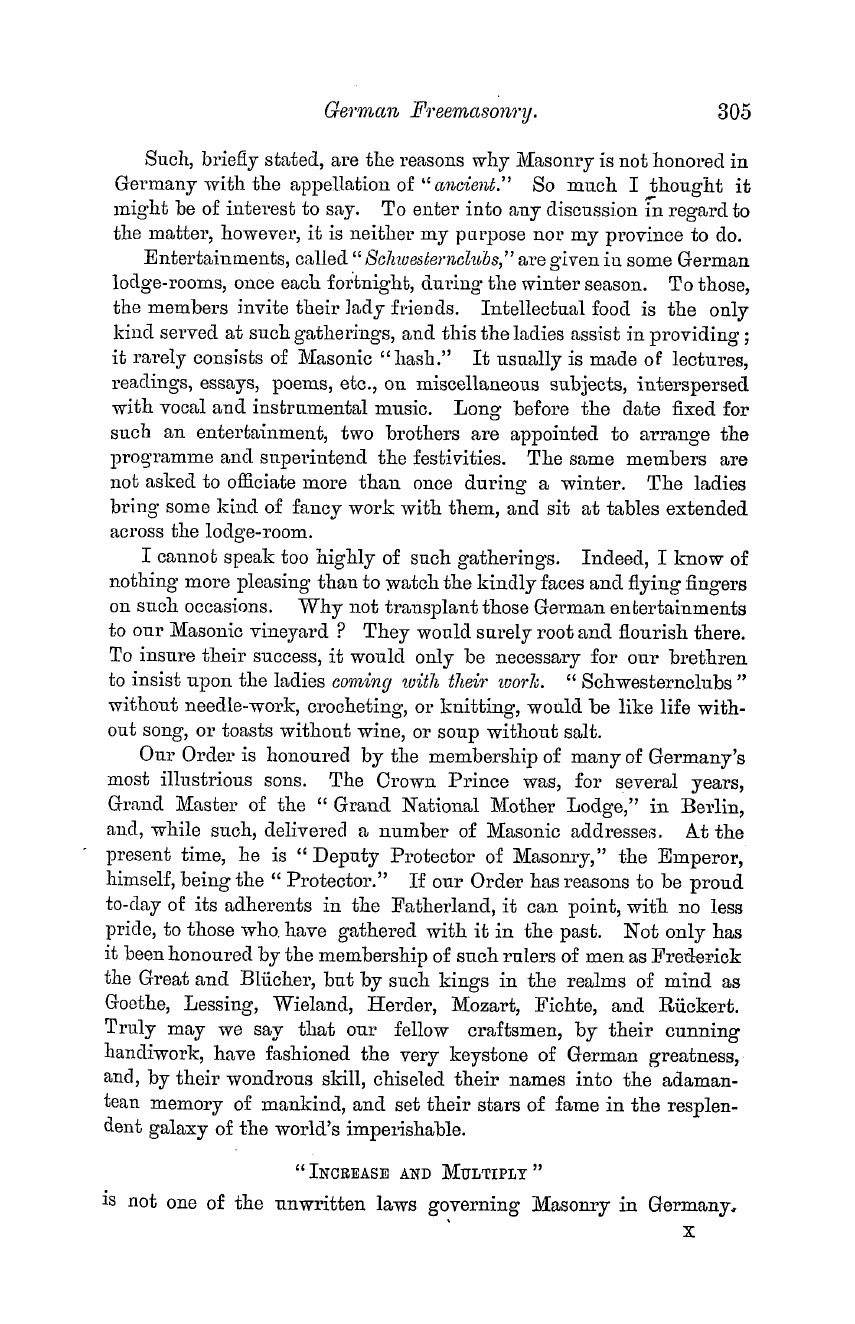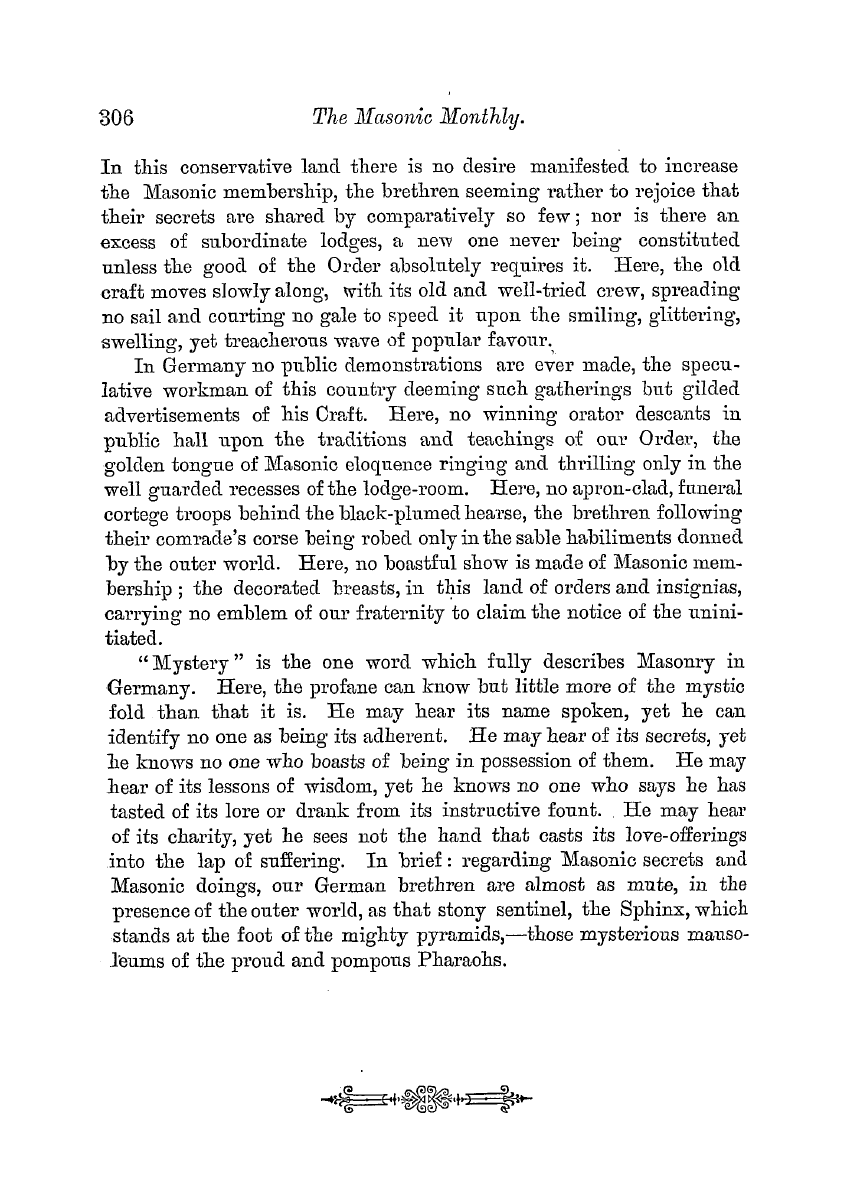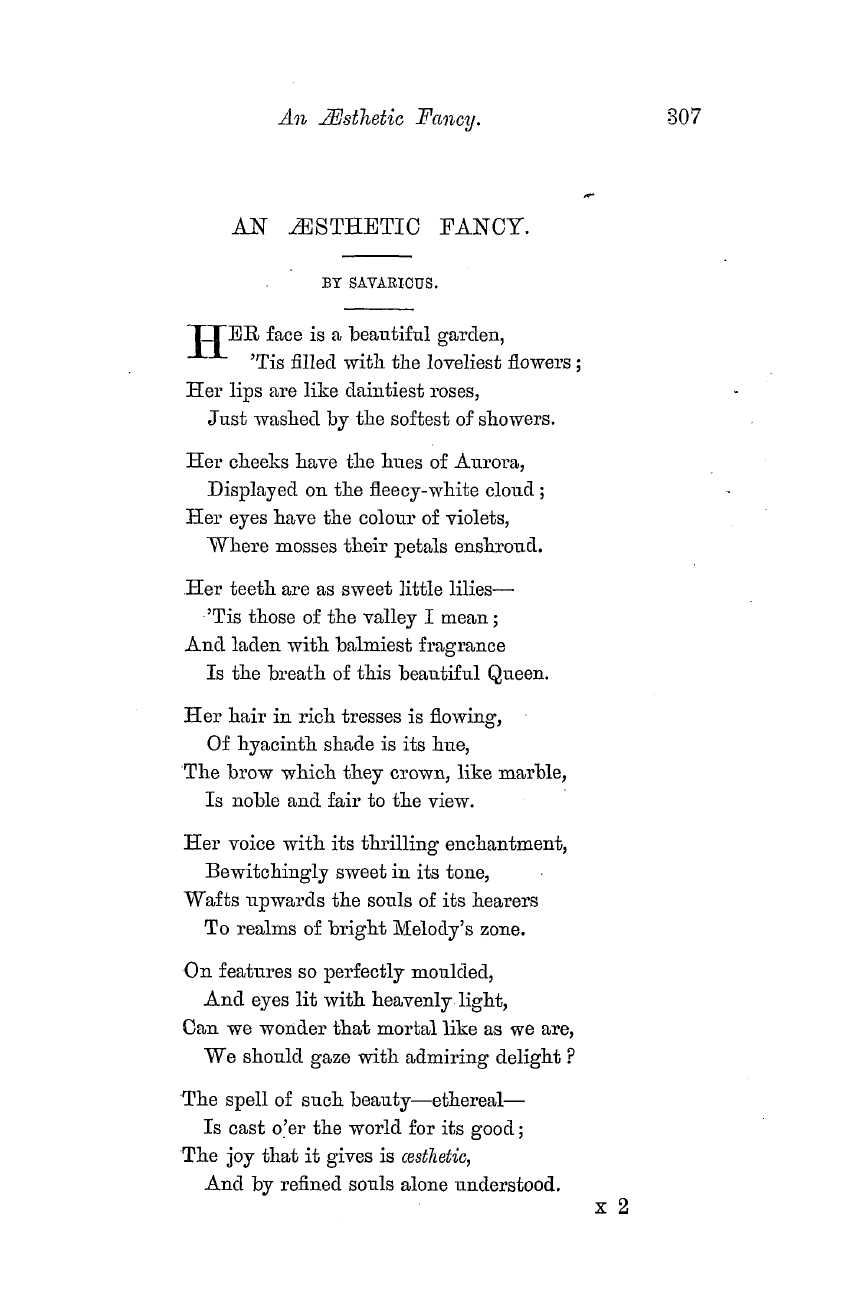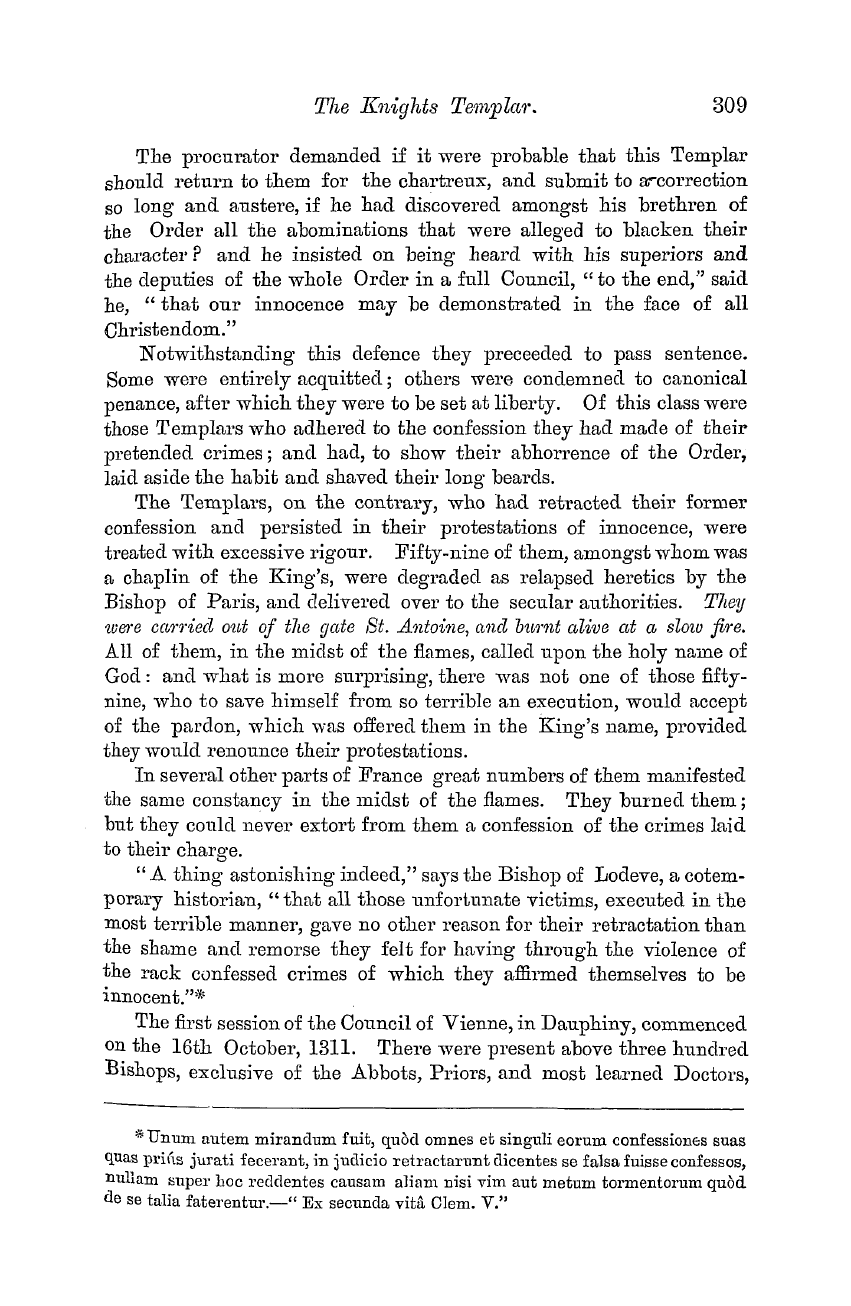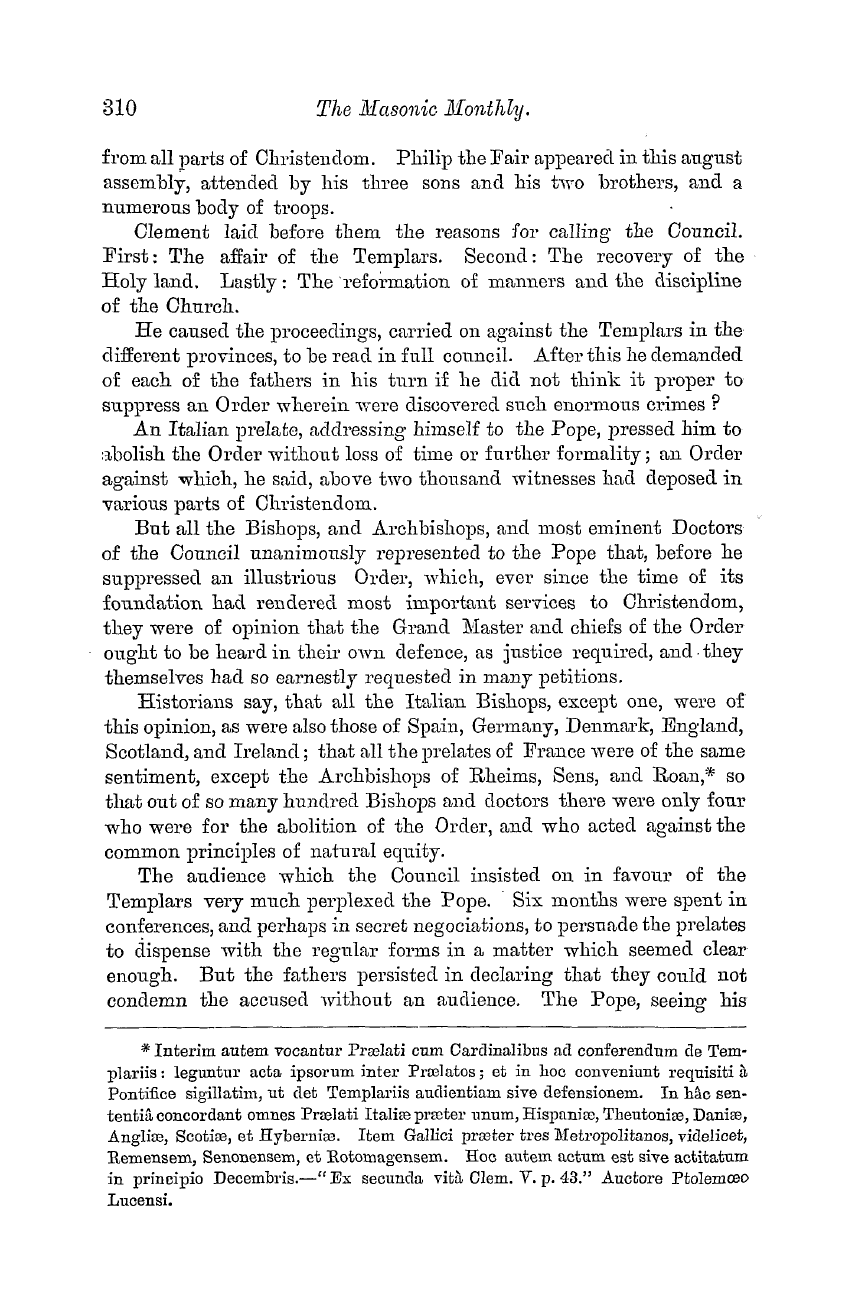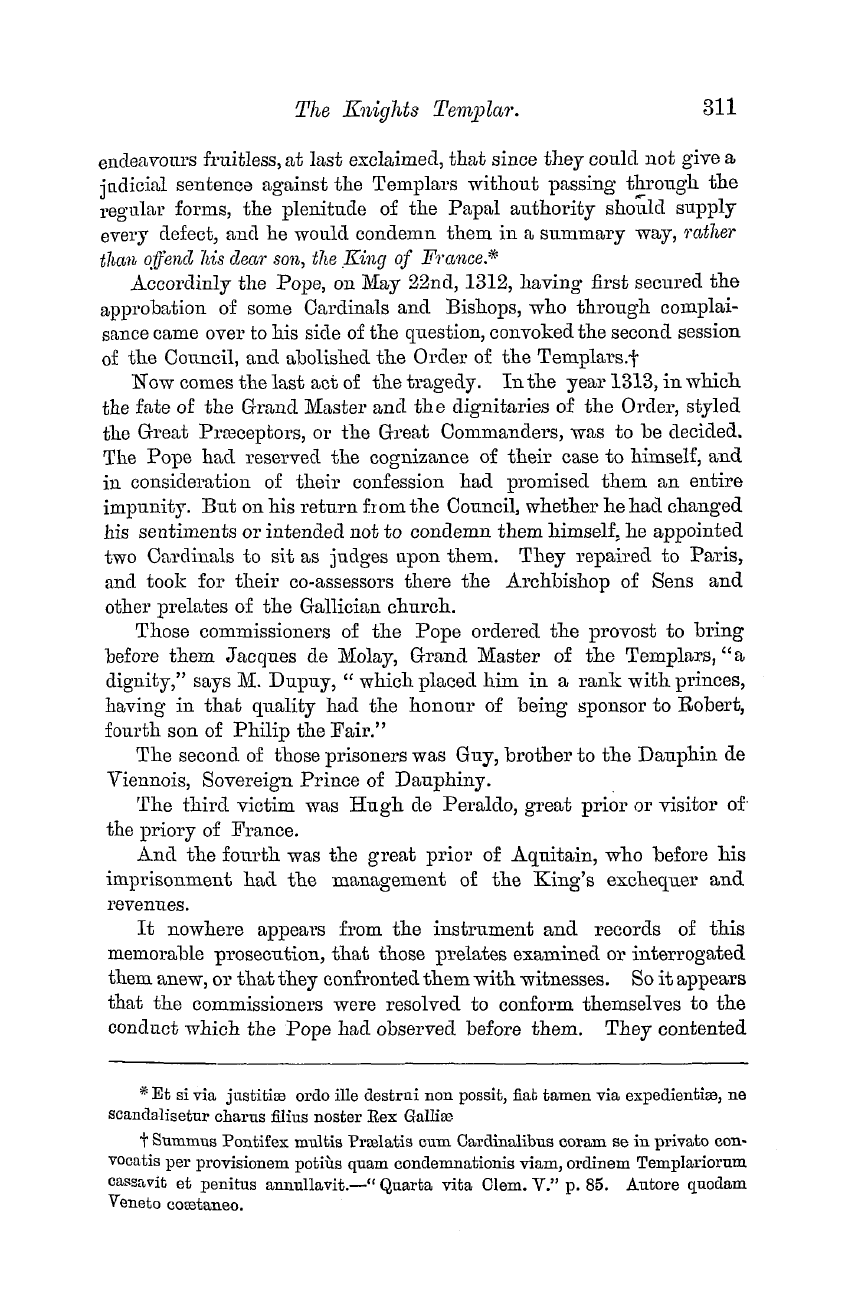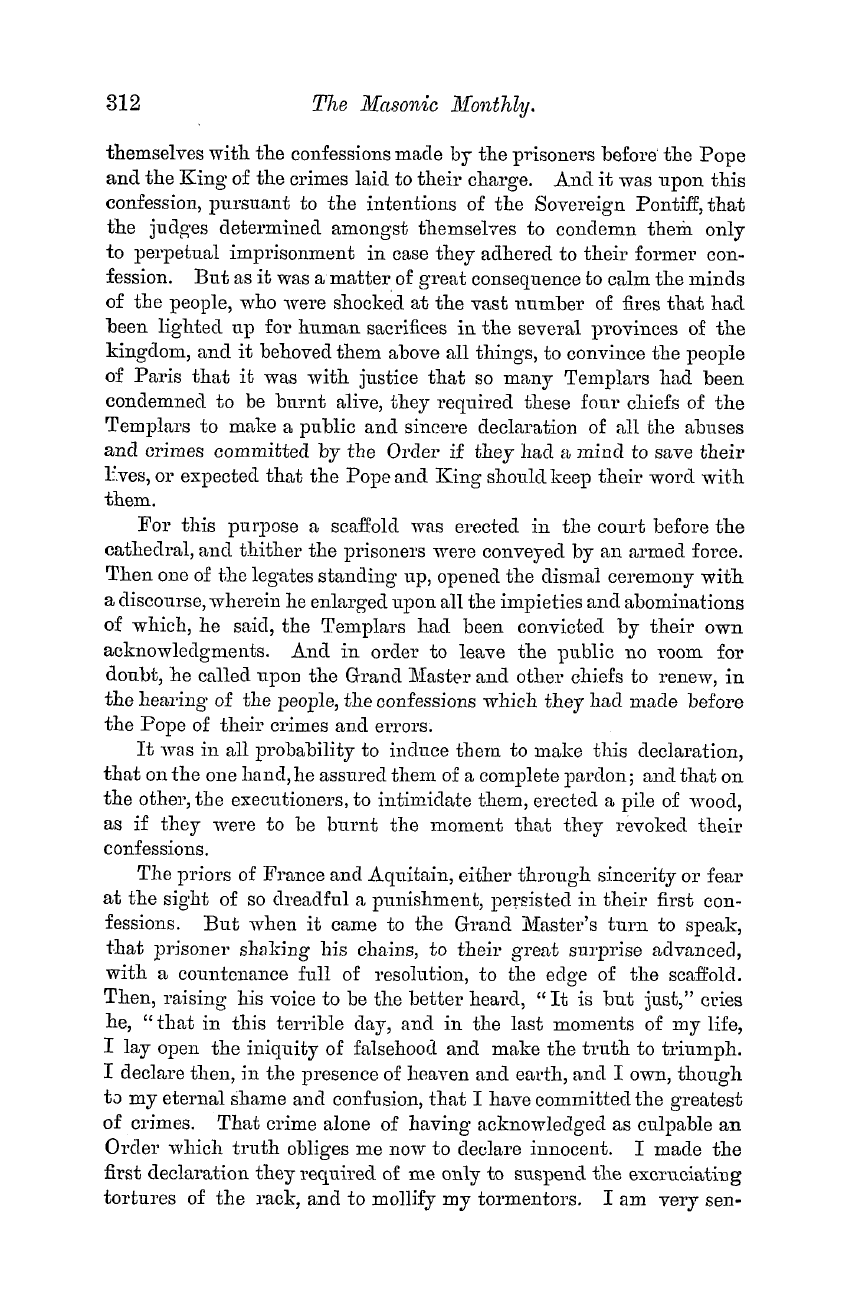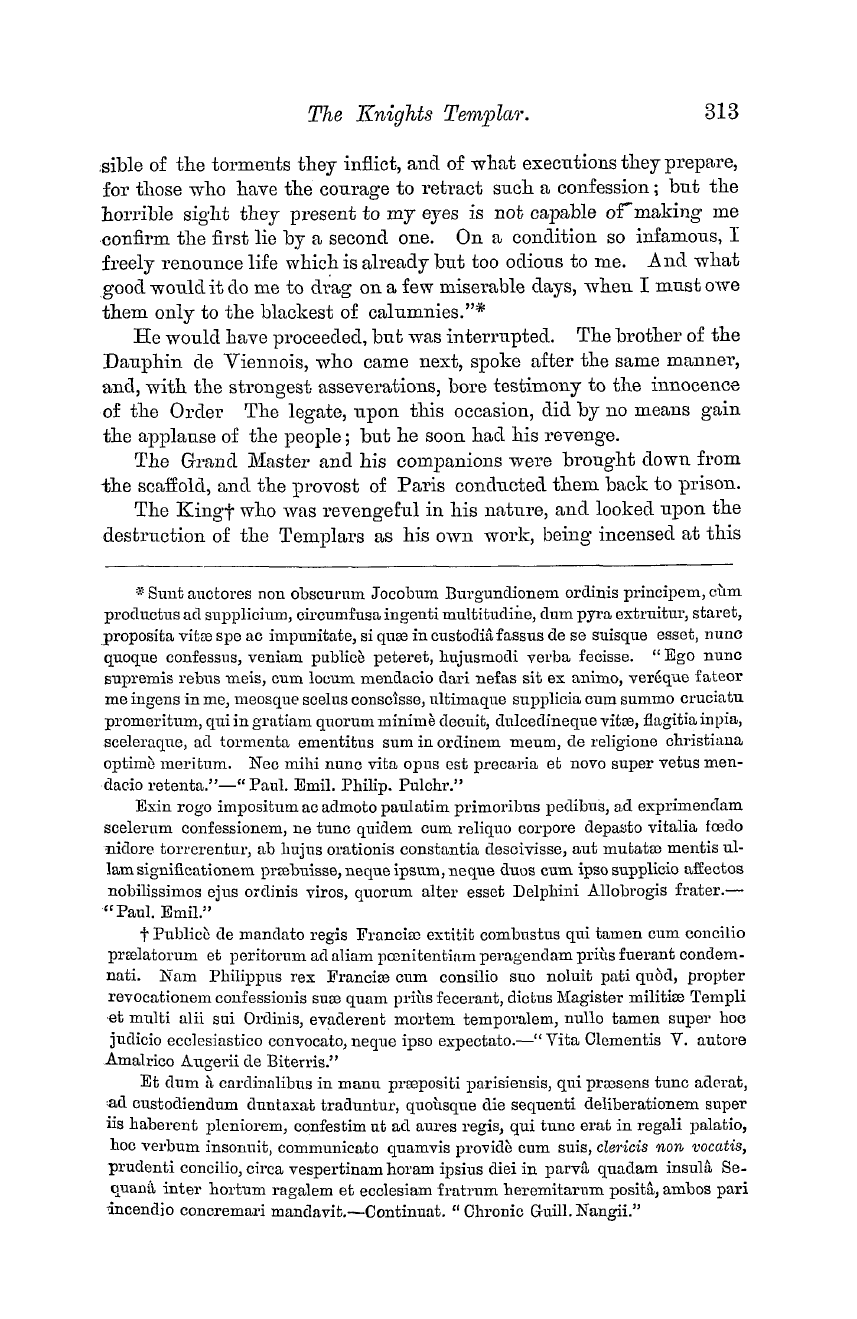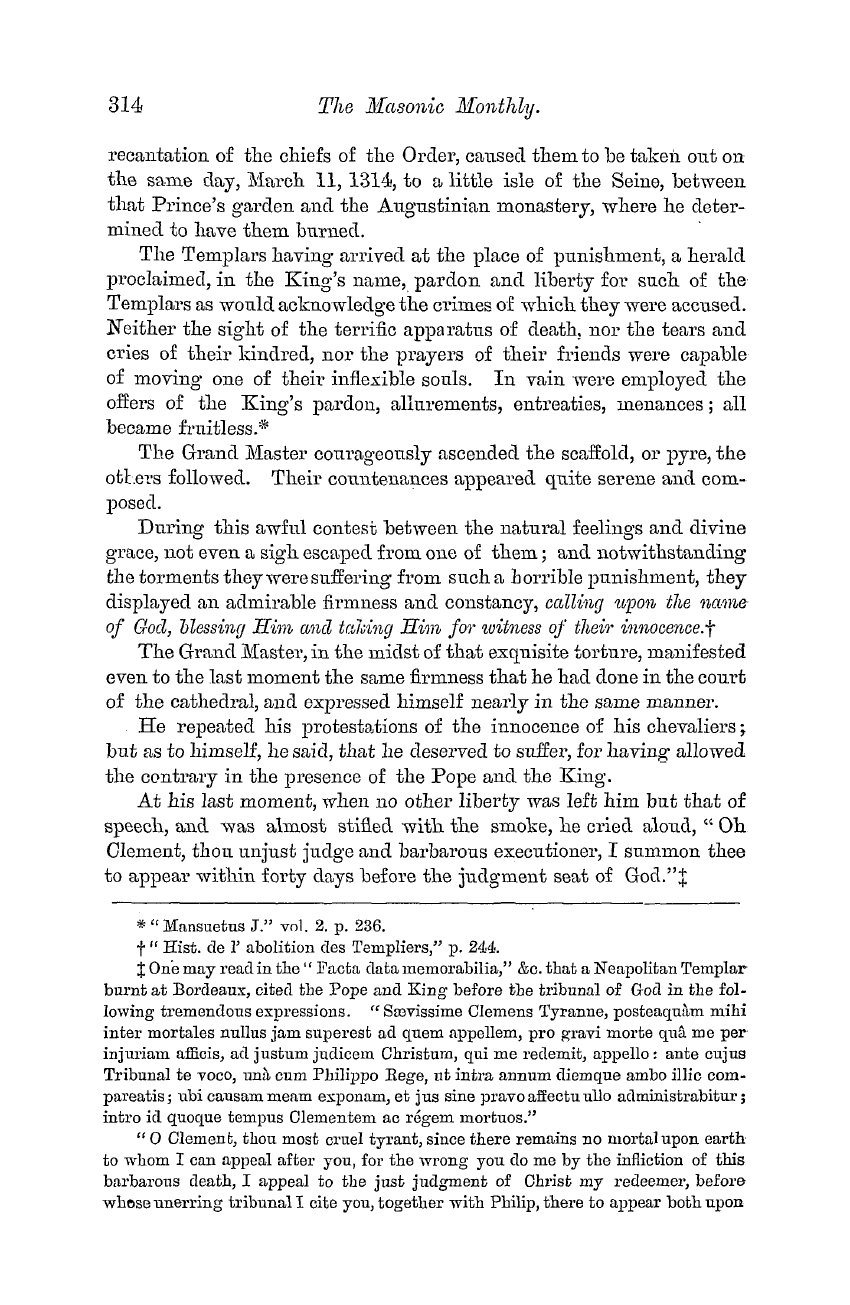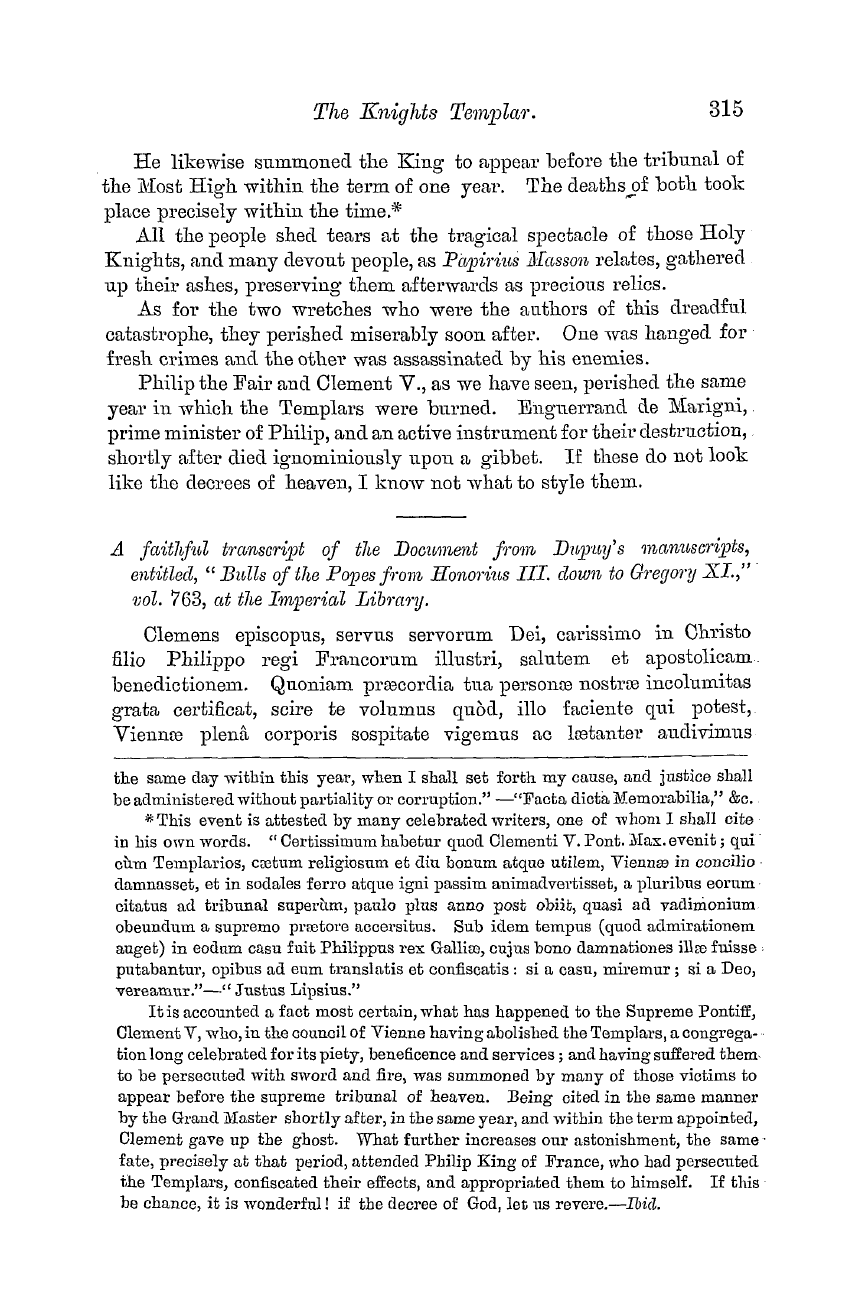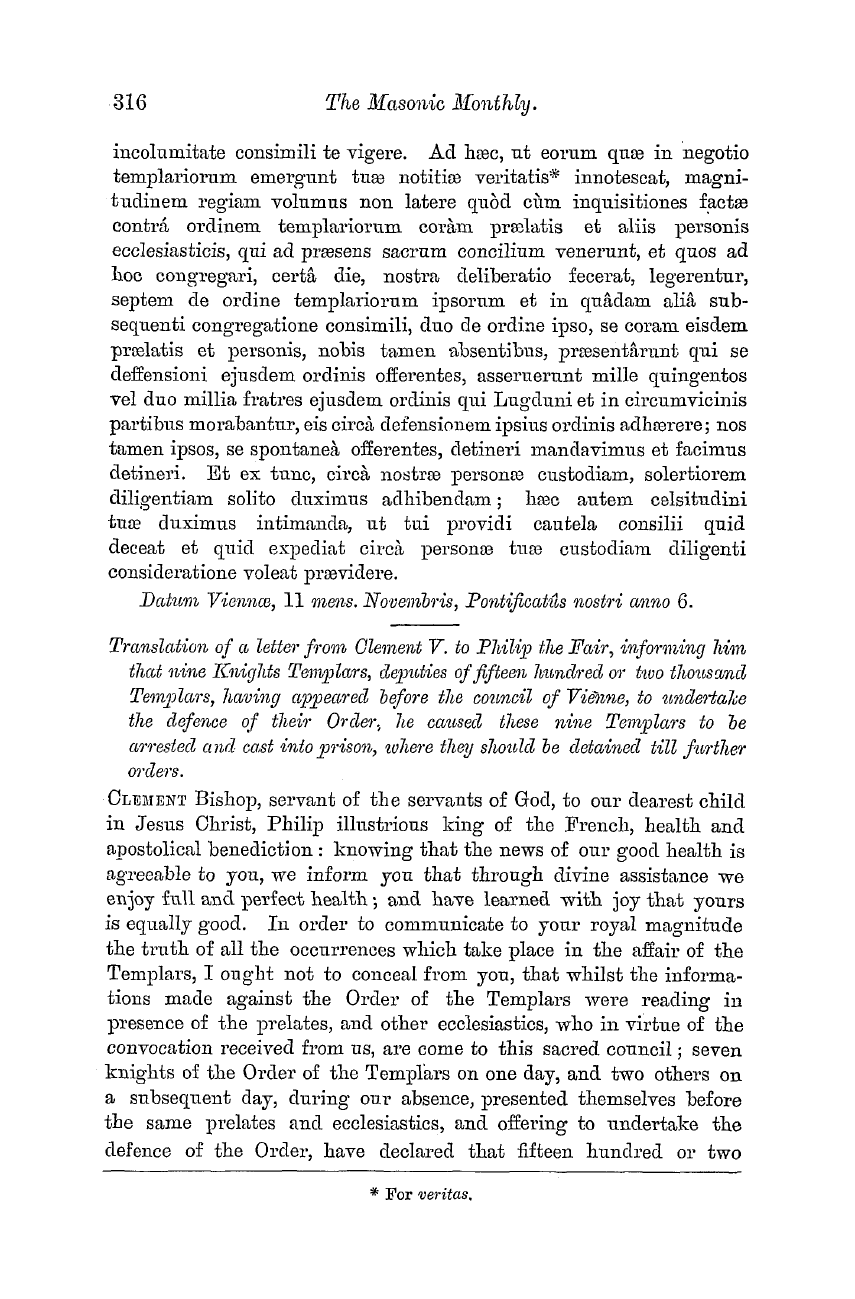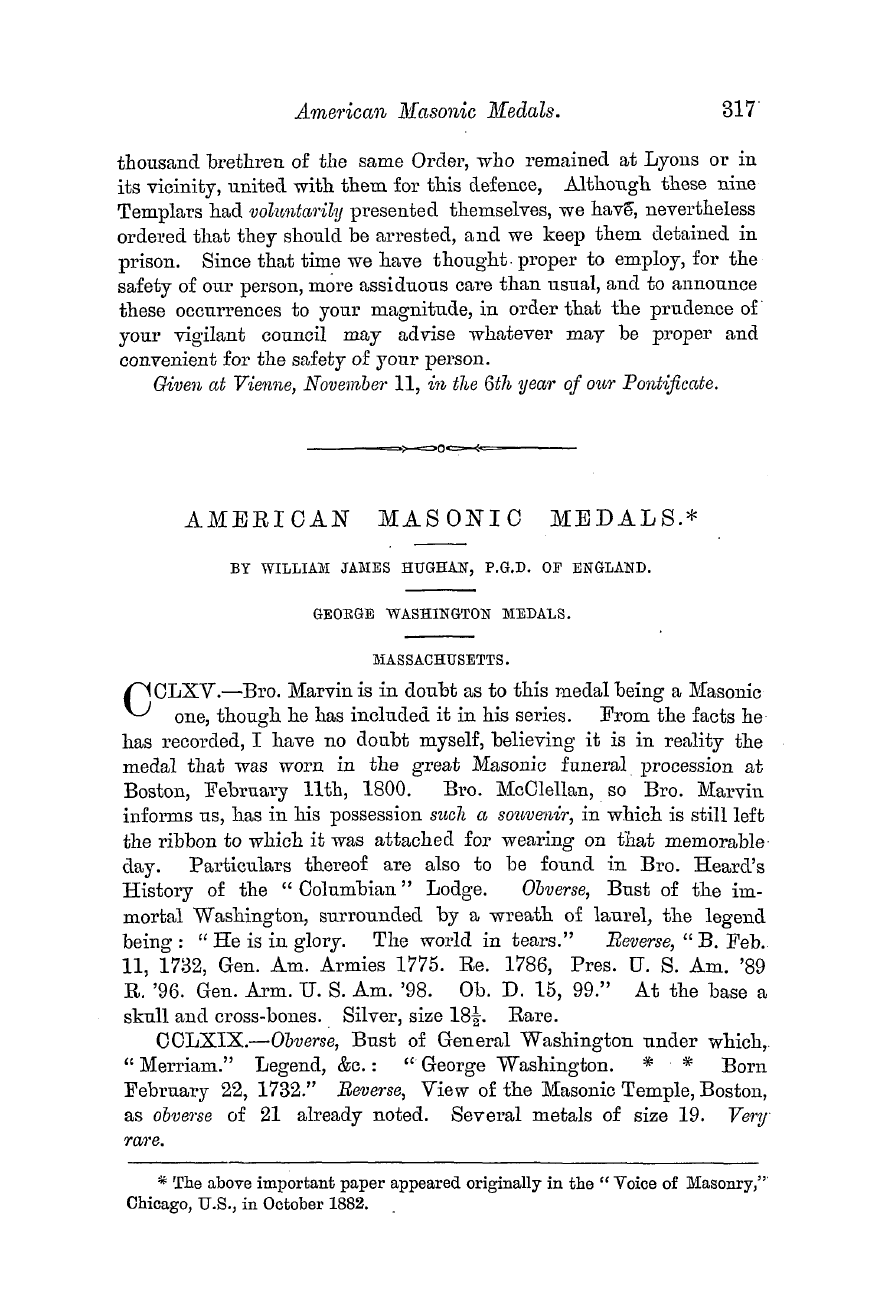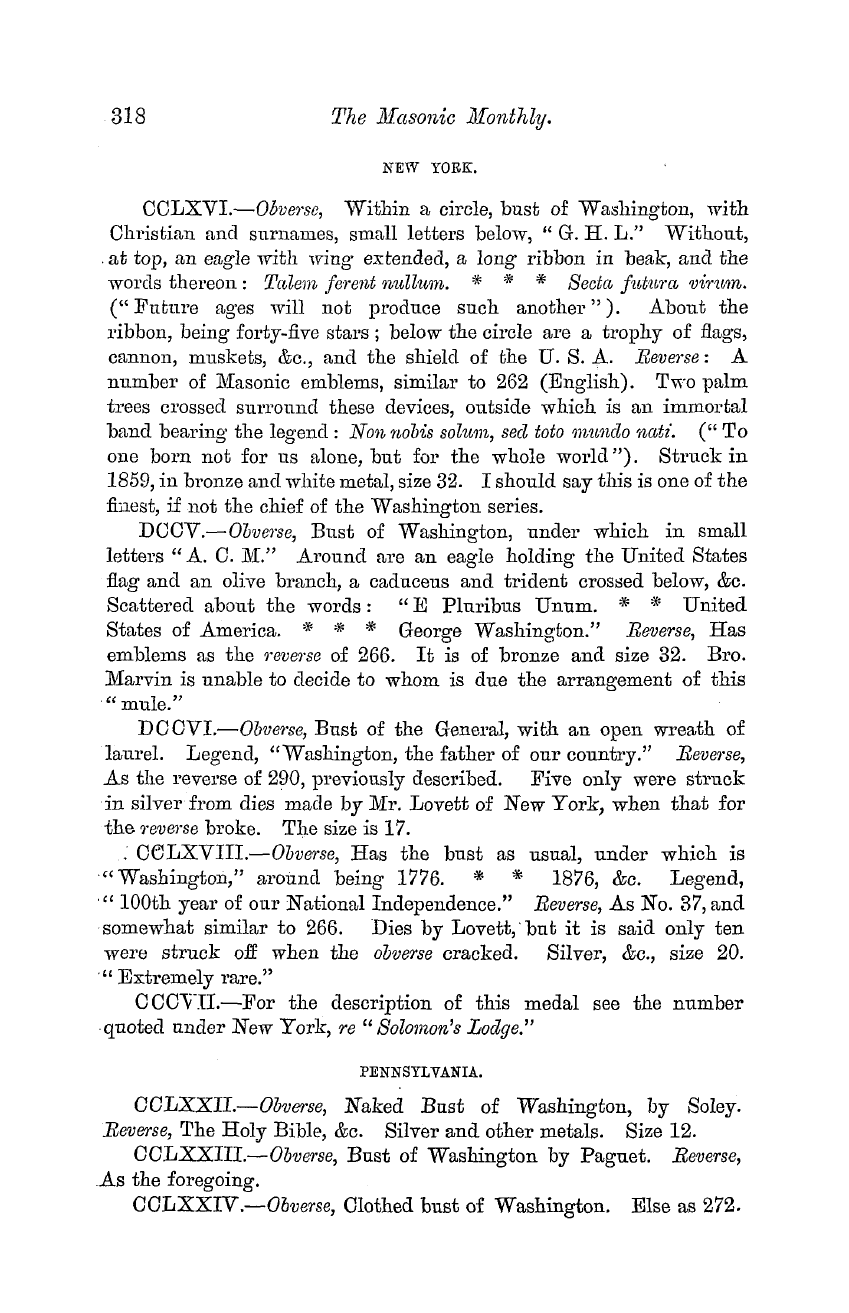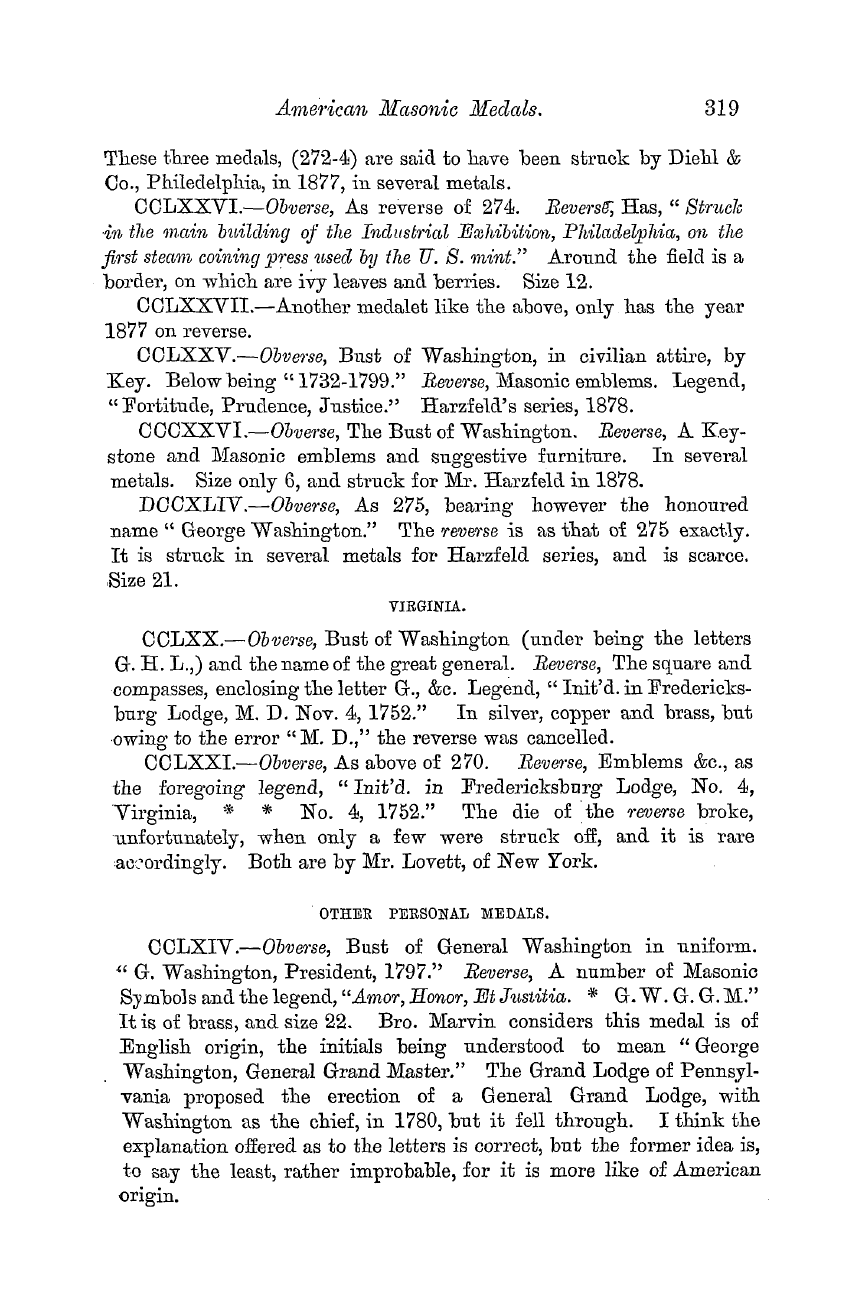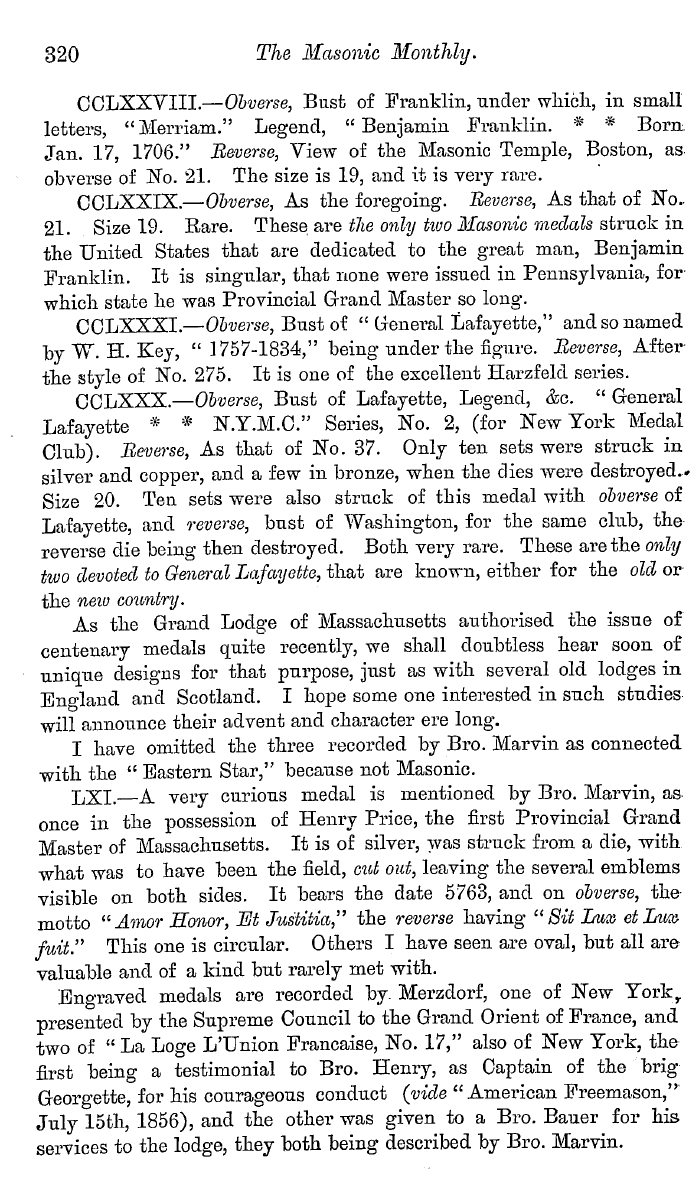Note: This text has been automatically extracted via Optical Character Recognition (OCR) software.
The Legend Of The Introduction Of Masons Into England.
in the Masonic charges , and then , so far as we now know , not earlier than about 1560 . » . I cannot deny that someone may have stated that St . Augustine brought masons with him to England , but such a fact is unknown to the early chroniclers , in fact much has been stated about the
introduction of Roman builders into England , for which it would be difficult to give chapter and verse . I should much have liked to have Bro . Woodford's references to Bede and Eddius about Roman builders , as Richard of Hexham is , as I have already stated , a late authority . He was made Prior of Hexham in 1143 , or about 480
years after the time of which he wrote . His information was largely taken from Bede and Eddius , but the sentence about Roman and other builders is not from either of these sources . The whole statement seems to me to be more general than particular . It run as follows : — " De Roma quoque & Italia & Francia , & de aliis terris
ubicumque invenire poterat , cementarios & quoslibet alios industrios artifices secum in Angliam adduxerat . " * We must not forget , I think , that Eddius , the friend of Wilfrid , who travelled abroad with him , knew , or at least writes , nothing of this .
Bro . Woodford expresses the opinion that it is more likely that Benedict Biscop obtained his masons from Rome and not from Gaul . Bede , however , who was placed in the monastery in question , as he himself informs ns , f under the care of Benedict Biscop , who built it , distinctly states that the masons came from Gaul , and as if to make the
matter more certain , he adds , that there were some things he ( Benedict ) " could not obtain even in Gaul ; these he obtained from Rome . " I hardly thought it necessary to do more than mention the condition of Gaul , as compared with that of Britain , in these early times . It may be well , howevernow to give a few references . Mr . Elton , J
, when writing of the Gaulish settlements in Britain , says , " They had not even learned to build regular towns , though their kinsmen in Gaul had founded cities , with walls , and streets , and market-places . " This was about the time of Ceesar . And agai § " Another result of the conquest [ of Gaulbthe
n , , y Romans ] was an increase of the Gaulish settlements in Britain . " . . " The graves on the Yorkshire coast still yield the remains of their iron chariots and horse-trappings , and their armour decorated with enamel and the red Mediterranean coral . The prosperity of the native
Note: This text has been automatically extracted via Optical Character Recognition (OCR) software.
The Legend Of The Introduction Of Masons Into England.
in the Masonic charges , and then , so far as we now know , not earlier than about 1560 . » . I cannot deny that someone may have stated that St . Augustine brought masons with him to England , but such a fact is unknown to the early chroniclers , in fact much has been stated about the
introduction of Roman builders into England , for which it would be difficult to give chapter and verse . I should much have liked to have Bro . Woodford's references to Bede and Eddius about Roman builders , as Richard of Hexham is , as I have already stated , a late authority . He was made Prior of Hexham in 1143 , or about 480
years after the time of which he wrote . His information was largely taken from Bede and Eddius , but the sentence about Roman and other builders is not from either of these sources . The whole statement seems to me to be more general than particular . It run as follows : — " De Roma quoque & Italia & Francia , & de aliis terris
ubicumque invenire poterat , cementarios & quoslibet alios industrios artifices secum in Angliam adduxerat . " * We must not forget , I think , that Eddius , the friend of Wilfrid , who travelled abroad with him , knew , or at least writes , nothing of this .
Bro . Woodford expresses the opinion that it is more likely that Benedict Biscop obtained his masons from Rome and not from Gaul . Bede , however , who was placed in the monastery in question , as he himself informs ns , f under the care of Benedict Biscop , who built it , distinctly states that the masons came from Gaul , and as if to make the
matter more certain , he adds , that there were some things he ( Benedict ) " could not obtain even in Gaul ; these he obtained from Rome . " I hardly thought it necessary to do more than mention the condition of Gaul , as compared with that of Britain , in these early times . It may be well , howevernow to give a few references . Mr . Elton , J
, when writing of the Gaulish settlements in Britain , says , " They had not even learned to build regular towns , though their kinsmen in Gaul had founded cities , with walls , and streets , and market-places . " This was about the time of Ceesar . And agai § " Another result of the conquest [ of Gaulbthe
n , , y Romans ] was an increase of the Gaulish settlements in Britain . " . . " The graves on the Yorkshire coast still yield the remains of their iron chariots and horse-trappings , and their armour decorated with enamel and the red Mediterranean coral . The prosperity of the native










































